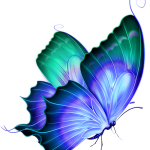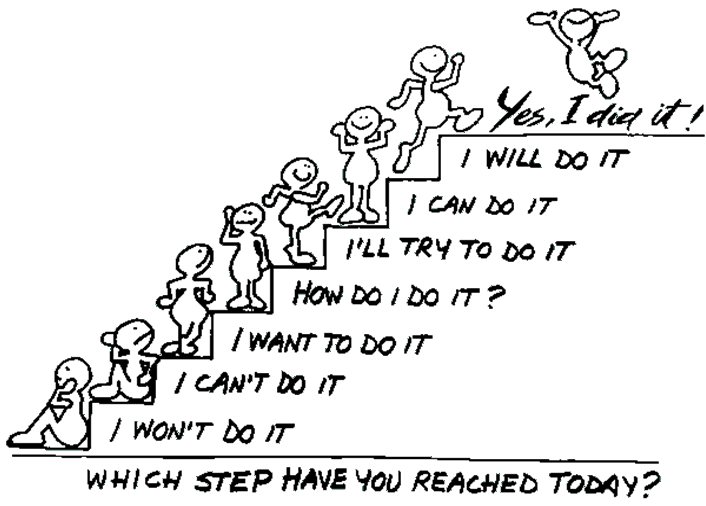Carolyn Costin, author of “8 Keys to Recovery from an Eating Disorder: Effective Strategies from Therapeutic Practice and Personal Experience“; advocate and activist in the field of eating disorders; therapist; and founder and clinical director of several inpatient eating disorder programs, defines recovery:
 “Being recovered is when a person can accept his or her natural body size and shape and no longer has a self-destructive relationship with food or exercise. When you are recovered, food and weight take a proper perspective in your life, and what you weigh is not more important than who you are; in fact, actual numbers are of little or no importance at all. When recovered, you will not compromise your health or betray your soul to look a certain way, wear a certain size, or reach a certain number on a scale. When you are recovered you do not use eating disorder behaviors to deal with, distract from, or cope with other problems.” (Costin & Grabb, 2012:16-17)
“Being recovered is when a person can accept his or her natural body size and shape and no longer has a self-destructive relationship with food or exercise. When you are recovered, food and weight take a proper perspective in your life, and what you weigh is not more important than who you are; in fact, actual numbers are of little or no importance at all. When recovered, you will not compromise your health or betray your soul to look a certain way, wear a certain size, or reach a certain number on a scale. When you are recovered you do not use eating disorder behaviors to deal with, distract from, or cope with other problems.” (Costin & Grabb, 2012:16-17)
Carolyn and Gwen go on to outline ten phases of eating disorder recovery. They are as follows:
- I don’t think I have a problem.

- I might have a problem but it’s not that bad.
- I have a problem but I don’t care.
- I want to change but I don’t know how and I’m scared.
- I tried to change but I couldn’t.
- I can stop some of the behaviours but not all of them.
- I can stop the behaviours, but not my thoughts.
- I am often free from behaviours and thoughts, but not all the time.
- I am free from behaviours and thoughts.
- I am recovered.
Where are you today? Where would you like to be? What is just one thing, doesn’t matter how small it may be, that you can do today to help move you closer to where you want to be tomorrow?
More information on the various stages of change and assessing your readiness for change can be found here.